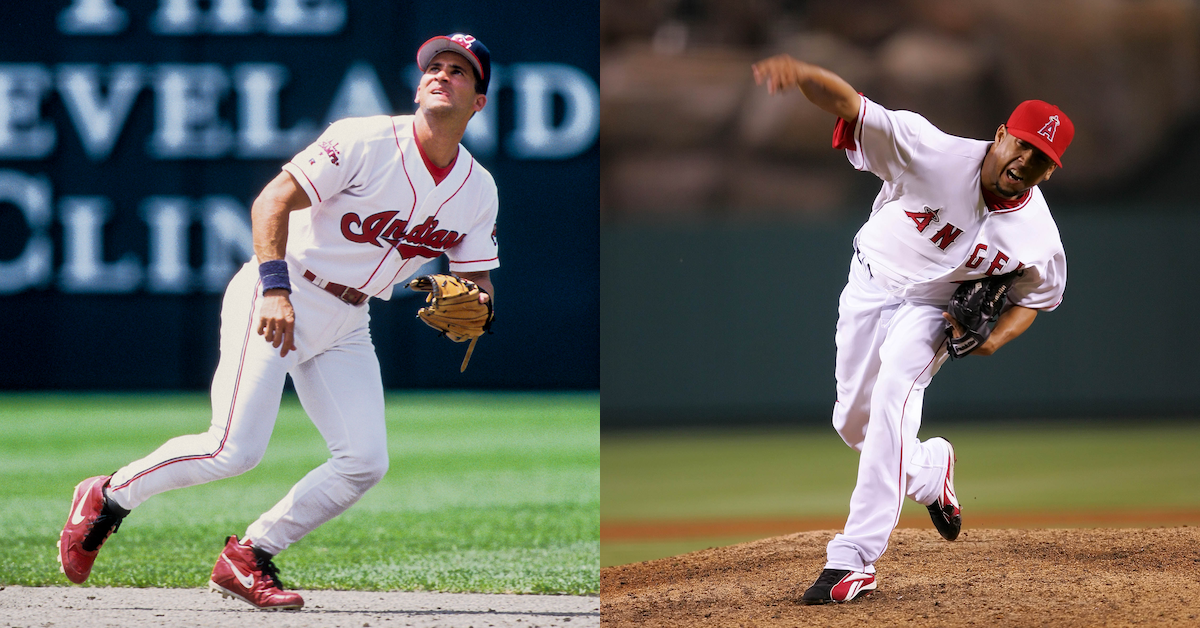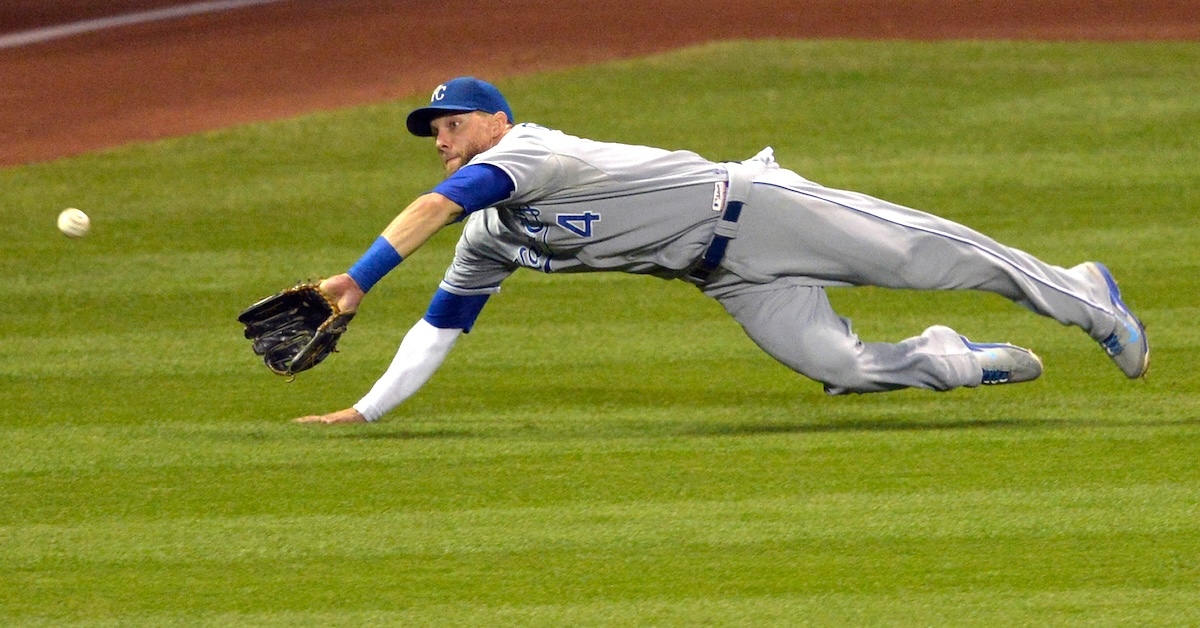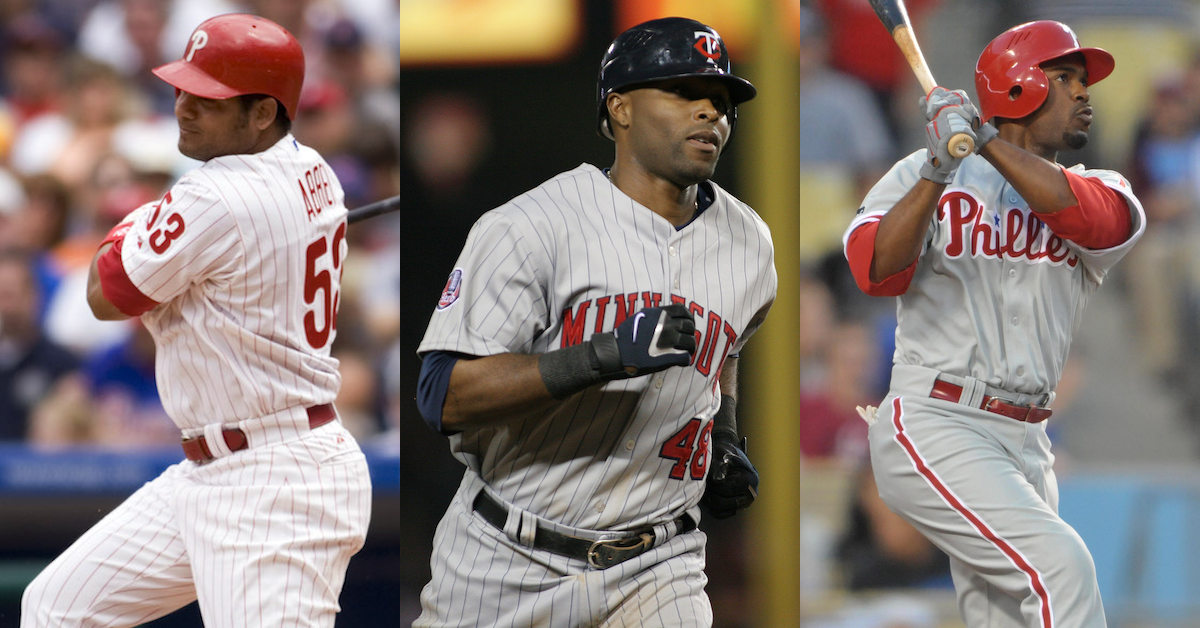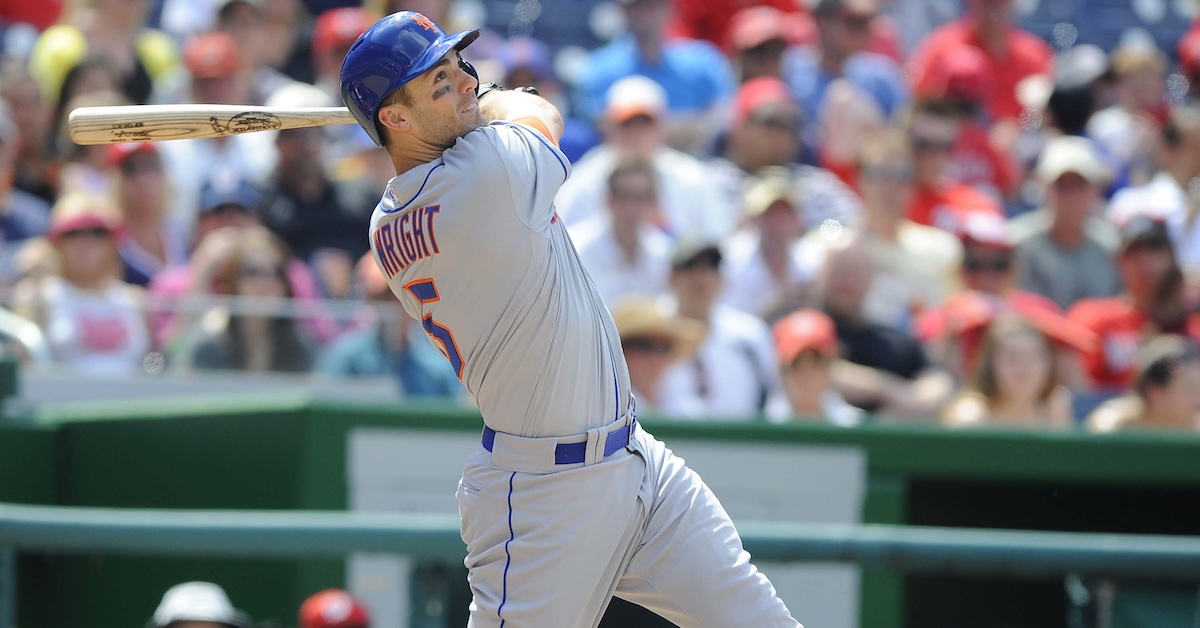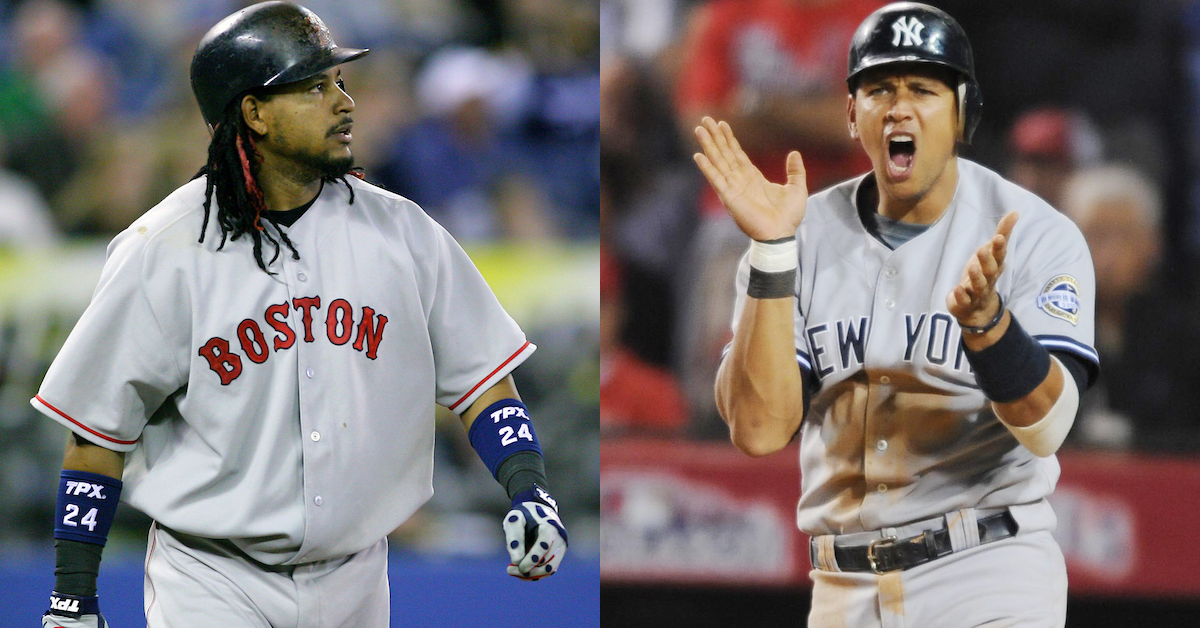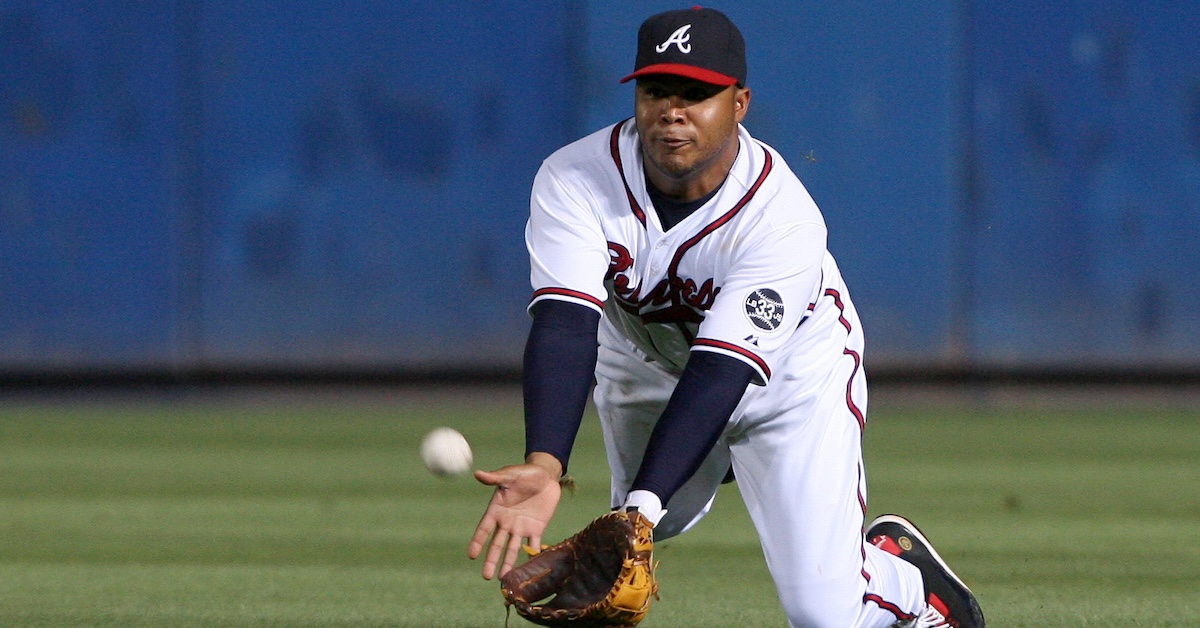Jay Jaffe’s 2026 Hall of Fame Ballot

The following article is part of Jay Jaffe’s ongoing look at the candidates on the BBWAA 2026 Hall of Fame ballot. For a detailed introduction to this year’s ballot, and other candidates in the series, use the tool above; an introduction to JAWS can be found here. For a tentative schedule and a chance to fill out a Hall of Fame ballot for our crowdsourcing project, see here. All WAR figures refer to the Baseball-Reference version unless otherwise indicated.
There’s no getting around the fact that the 2026 BBWAA Hall of Fame is a lean one. With three candidates elected by the writers in both 2024 and ’25 — following a mini-drought in which just two were elected over the previous three years — the top newcomers didn’t linger, while some long-lasting holdovers were finally elected. That left the cupboard comparatively bare, and when it came to restocking, the best of this year’s first-year candidates bowed out after their age-36 seasons without accumulating massive career totals.
Given all that, I suspected even before I received my favorite piece of annual mail that I wouldn’t max out my ballot by voting for 10 candidates. I only got to 10 in each of the past two years by using my last spot to include a pitcher whose S-JAWS is short of the standard but who offers other compelling reasons for inclusion. For the 2024 ballot, I tabbed Andy Pettitte due in part to his massive postseason contributions, while for ’25 I selected Félix Hernández due to his stellar early-career run and a concern that he could slip off the ballot without a longer discussion, à la two-time Cy Young winner Johan Santana on the 2018 ballot.
Both choices were a reaction to the dearth of starting pitchers elected in recent years and the reality that such a trend isn’t likely to change. BBWAA voters have elected just three starters born in 1969 or later, namely Pedro Martinez (1971), Roy Halladay (1977) and CC Sabathia (1980). While Zack Greinke, Clayton Kershaw, Max Scherzer, and Justin Verlander will likely join them someday, the industry’s trend towards smaller workloads — coupled with the greater injury risk that comes with chasing higher velocities and spin rates — has made the familiar milestones that virtually guarantee election even more remote. Voters need to rethink their standards for starters, and I believe that discussion is well served by keeping the candidacies of those on the ballot alive for further deliberation. With five of the 10 players I voted for last year not carrying over (Sabathia, Ichiro Suzuki, and Billy Wagner were elected, while Russell Martin and Brian McCann fell short of 5%), I suspected I’d be able to fit both Hernández and Pettitte as well as newcomer Cole Hamels and holdover Mark Buehrle.
I had all that in mind as I worked through this year’s top 19 candidates in my series over the past six weeks (I’ve still got eight one-and-done stragglers to cover in early January, none of whom were in serious consideration for space on my ballot). This is my sixth year with an actual ballot, but even with the heightened scrutiny that comes with it, filling one out remains a privilege and still feels like a novelty in the context of 25 years of analyzing Hall of Fame elections, and 23 of doing so while armed with the system that became JAWS (the official 20th anniversary of the metric’s introduction was in January 2024). Read the rest of this entry »

